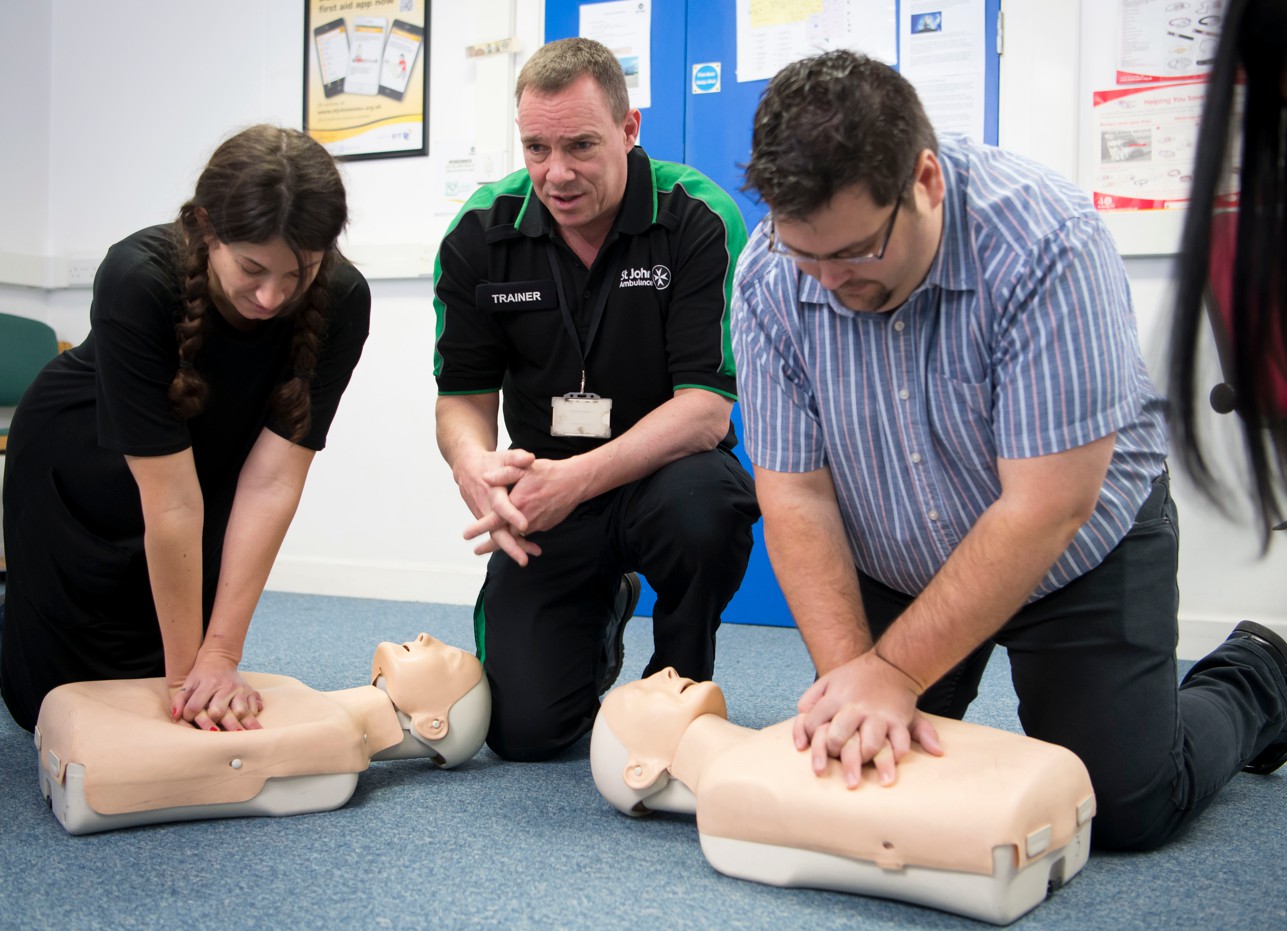Prepare for Anything: The Ultimate Guide to First Aid and CPR Training in the Workplace
In today's fast-paced work environment, ensuring the health and safety of employees should be a top priority for every business owner and HR professional. One of the most effective ways to achieve this is through comprehensive First Aid and CPR training. In this guide, we'll explore the importance of these skills, the benefits of First Aid certification, and how to select the right programs for your workplace.
The Value of First Aid Certification for Employers and Employees
Investing in First Aid training is not just about compliance; it's about empowering your employees with essential life-saving skills. Here are some significant advantages:
- Enhanced Employee Preparedness: Trained employees can respond quickly and efficiently in emergencies, potentially saving lives and preventing further injuries.
- Increased Confidence: With thorough knowledge of emergency medical response, employees will feel empowered to act decisively during crises.
- Promotes a Safety-Oriented Culture: Regular training fosters a workplace culture that prioritizes health and safety, leading to reduced accident rates.
- Legal Compliance: Many jurisdictions require specific levels of First Aid compliance in workplaces. Proper training can help meet these regulations and avoid legal penalties.
Critical CPR Techniques Every Workplace Should Implement
CPR (Cardiopulmonary Resuscitation) is a fundamental skill that can be invaluable in emergencies, especially in a workplace setting. Here are the CPR techniques every employee should master:
- Recognizing Cardiac Arrest: Understanding the signs and symptoms of cardiac arrest is crucial for immediate action.
- The 30:2 Method: Administer 30 chest compressions followed by 2 rescue breaths for effective CPR.
- Using an AED: Everyone should know how to operate an Automated External Defibrillator, which can help restore normal heart rhythms.
- Calling for Help: Training must emphasize the importance of calling emergency services quickly.
Navigating Workplace Health and Safety Regulations
Workplace health and safety regulations vary significantly by location and industry. Understanding the necessary workplace First Aid requirements helps ensure compliance. In many industries, specific First Aid training courses are mandatory, covering topics such as emergency response procedures and injury prevention strategies.
Key Considerations for Compliance
- Research local regulations and requirements regarding first aid in the workplace.
- Ensure the training provided meets these legal standards.
- Keep records of all training and certifications for audit purposes.
Immediate Response: Essential Emergency First Aid Procedures
In any emergency, knowledge of basic emergency first aid skills can be the difference between life and death. Essential first aid procedures include:
- Assessing the Situation: Evaluating the scene for any dangers before approaching the injured.
- Basic Wound Care: Knowing how to clean and treat wounds to prevent infection.
- Managing Shock: Recognizing and treating symptoms of shock, a common consequence of serious injuries.
Selecting the Ideal First Aid Training for Your Workplace
Choosing the right First Aid course can be daunting with numerous options available. Here are factors to consider:
- Reputation of the Provider: Select a training provider with a solid reputation and positive reviews.
- Course Content: Ensure the curriculum covers both first aid and CPR effectively.
- Flexibility: Look for options that offer both in-person and online first aid courses to accommodate various schedules.
Comparing Online and In-Person First Aid Training Options
Both online first aid courses and traditional in-person training have their pros and cons. Consider the following:
- Online Training: Flexible, often more affordable, and allows employees to learn at their own pace.
- In-Person Training: Provides hands-on experience and immediate feedback from instructors, which can be invaluable in mastering skills.
Conclusion & Call to Action
First Aid and CPR training are crucial components of a safe workplace. Not only do they ensure compliance with health regulations, but they also empower your employees to act decisively in emergencies. Don't wait for an accident to happen—invest in your team’s safety today.
Interested in enhancing your workplace safety? Enroll in our comprehensive First Aid & CPR training course today! For inquiries, reach out to us at [email protected].



 349,500 Offered Certificates
349,500 Offered Certificates
 24/7 Online Training
24/7 Online Training
 Money Back Guarantee
Money Back Guarantee
 Fully Accredited Courses
Fully Accredited Courses
